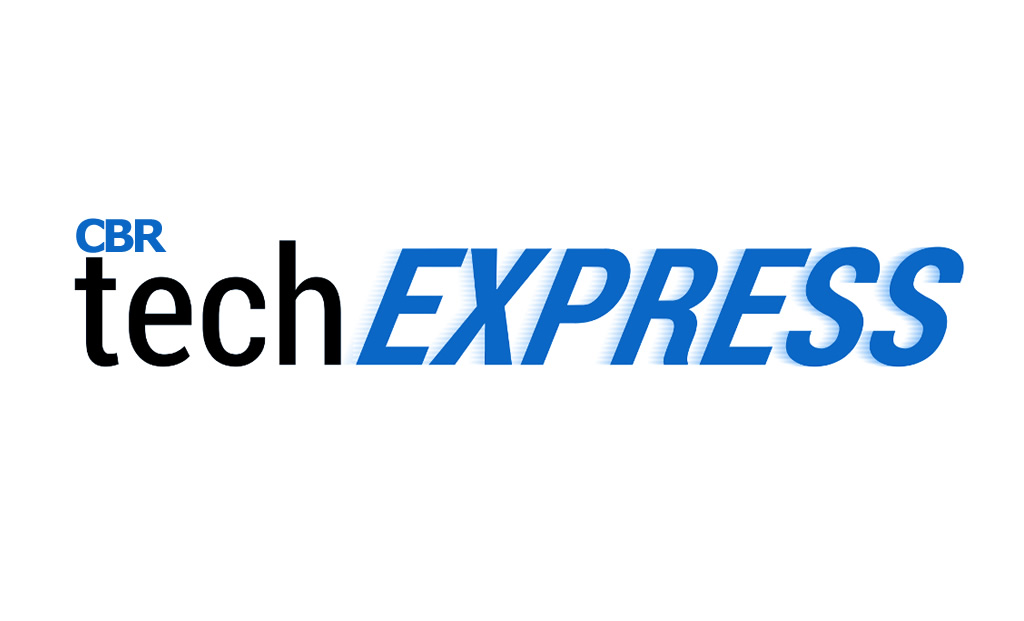
CBR: What is eMoney?
RO: The Second EU Electronic Money Directive (2009/110/EC) states that “‘electronic money’ means electronically, including magnetically, stored monetary value as represented by a claim on the issuer, which is issued on receipt of funds for the purpose of making payment transactions”.

Classic examples of e-money include reloadable chip cards, such as the very popular Oyster card in London. But it is important to understand that e-money is a monetary value which is electronically stored. The chip cards themselves are less significant, as they are just one of many methods to store electronic money. e-money is issued by e-money institutes, which must hold an e-money license and – as is customary with financial products and services – must adhere to specific duties of care.
CBR: How do you use e-money?
RO: As outlined above, e-money means monetary values in the form of claims, which are stored either decentral on data carriers such as smart cards, or centrally on servers. Prepaid cards are a typical way many use e-money. The handling is pretty simple. The cards can be loaded with funds (in many cases, there are multiple loading options), which are usually VISA or Mastercard co-branded, so can be used exactly like a normal credit card. The advantage of using cards, such as the paysafe card, is that they allow users to keep track of their spending, without any risk of overdraft and associated fees. They can be bought in various denominations and used flexibly to pay for goods at many online retailers.
CBR: What is the difference between e-money and cryptocurrencies?
RO: E-money means electronically stored monetary value in a given currency, such as GBP or EUR, while cryptocurrencies are different currencies such as bitcoin. While there are certain similarities between bitcoins and e-money, the main difference is that the use of bitcoins usually involves a currency conversion, i.e. a risk of exchange rate fluctuations, whilst e-money does not. E-money also requires an issuer, who issues the e-money and is obliged to change it back into real money of the same currency. This is, however, not the case with bitcoins. Nobody controls bitcoins; neither banks nor other financial service providers, nor governments, nor companies. Instead, the whole premise of a virtual currency is that it functions without a central authority.
CBR: Do traditional banks offer e-money?
RO: E-money is issued not by banks, but by e-money institutions, which belong to the category of so-called fintechs. They can offer e-wallets with multiple access options, like smartphone apps, secure web access, and associated prepaid cards, which allow e-money users to participate in physical trade. These sophisticated e-money account options provide an agile and flexible threat to traditional banks, many of which are floundering to cope with old computer systems, branches, and a very wide range of products. But the increasing digitalisation forces banks,fintechs and e-money institutions to work closer together. Only a combination of the new and the old financial world offers the opportunity to meet changing customer requirements in the short term and in the medium to long term, and thus secure the company’s success in the long term.
CBR: What are the business benefits of e-money?
RO: A huge benefit of e-money is that users can handle it without needing or using a bank account. Prepaid cards can be obtained without credit check or lengthy customer identification procedures. Also many e-money transactions are executed in real-time, e.g. e-money sent from one wallet to another is immediately credited to the receiver, not just overnight. Hence, convenience and speed of e-money is a good match to many people’s lifestyle. Combined with modern user interfaces, giving sight of all expenses and full control, as well as rapid implementation of new inventions – like biometric security handling – it is no surprise that more and more people start using e-money instead of cash and traditional banking.







